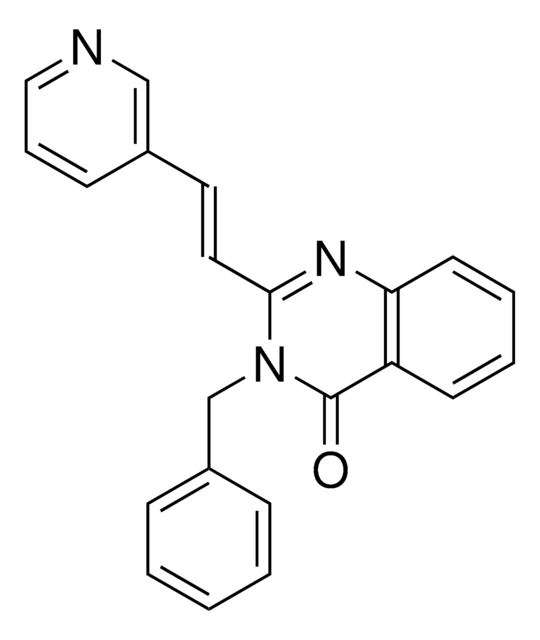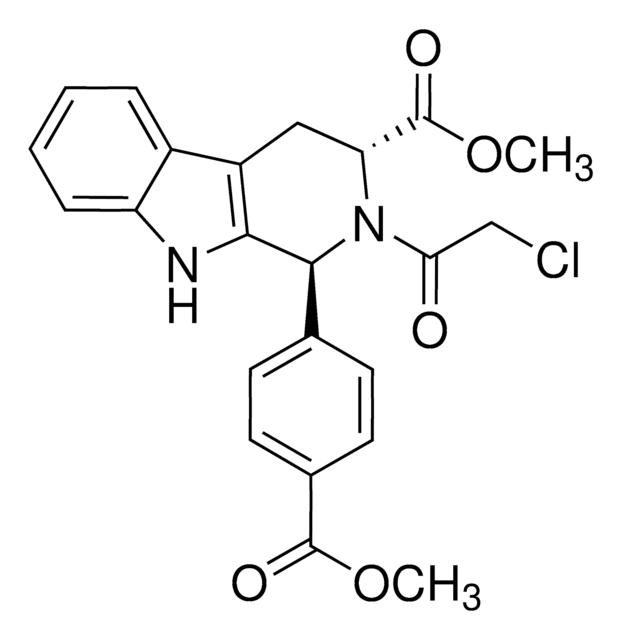SML1154
Clostridium difficile Toxin A
≥95% (SDS-PAGE), lyophilized powder, cellular toxin
Synonym(s):
TcdA
About This Item
Recommended Products
product name
Clostridium difficile Toxin A, ≥95% (SDS-PAGE)
Quality Level
Assay
≥95% (SDS-PAGE)
form
lyophilized powder
storage temp.
2-8°C
Looking for similar products? Visit Product Comparison Guide
General description
Biochem/physiol Actions
Reconstitution
Contents of the 2UG sku when reconstituted in 250 μL sterile distilled water will contain Toxin A at a concentration of approximately 8 μg/mL in 0.05M Hepes, 0.15M sodium chloride and 5% sucrose.
Other Notes
Mixing: Swirl or pipette gently to mix. Vortexing may promote aggregation.
Signal Word
Danger
Hazard Statements
Precautionary Statements
Hazard Classifications
Acute Tox. 3 Oral - Acute Tox. 4 Dermal - Acute Tox. 4 Inhalation
Storage Class Code
6.1C - Combustible acute toxic Cat.3 / toxic compounds or compounds which causing chronic effects
WGK
WGK 2
Flash Point(F)
Not applicable
Flash Point(C)
Not applicable
Regulatory Listings
Regulatory Listings are mainly provided for chemical products. Only limited information can be provided here for non-chemical products. No entry means none of the components are listed. It is the user’s obligation to ensure the safe and legal use of the product.
JAN Code
SML1154-2UG:
SML1154-50UG:
SML1154-VAR:
SML1154-50UG-LBL:
SML1154-BULK:
SML1154-2UG-LBL:
Certificates of Analysis (COA)
Search for Certificates of Analysis (COA) by entering the products Lot/Batch Number. Lot and Batch Numbers can be found on a product’s label following the words ‘Lot’ or ‘Batch’.
Already Own This Product?
Find documentation for the products that you have recently purchased in the Document Library.
Our team of scientists has experience in all areas of research including Life Science, Material Science, Chemical Synthesis, Chromatography, Analytical and many others.
Contact Technical Service








